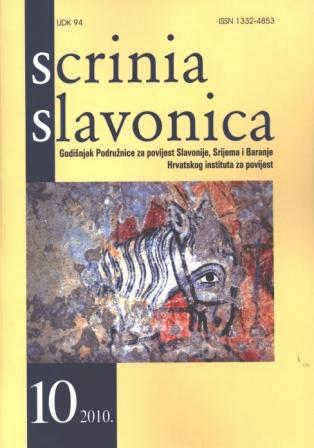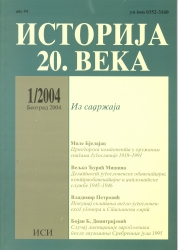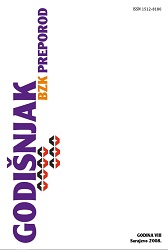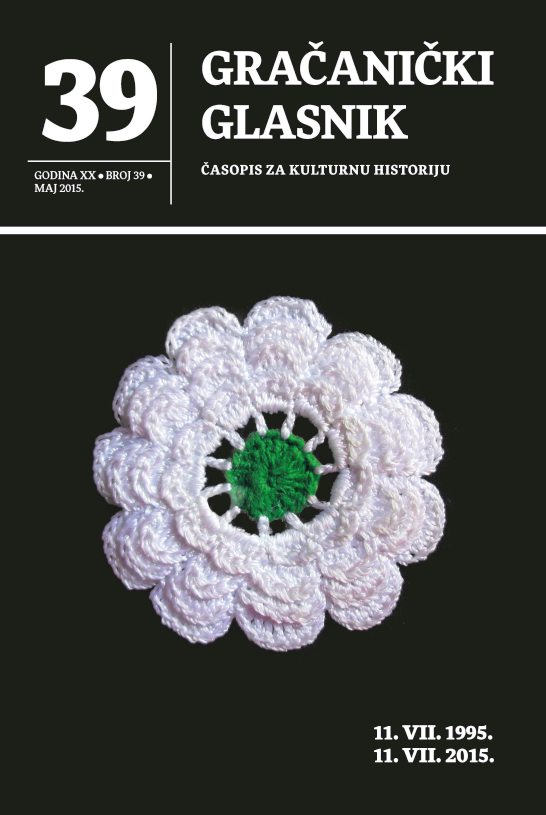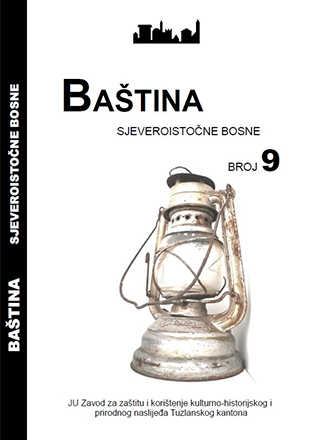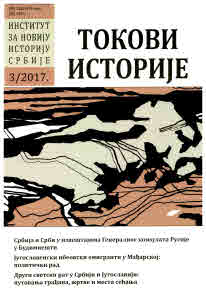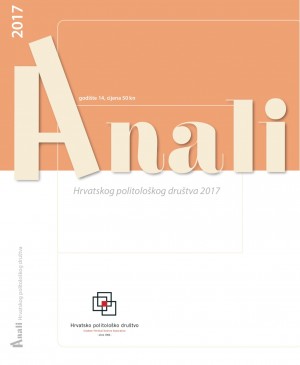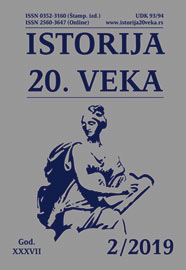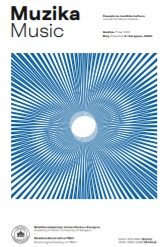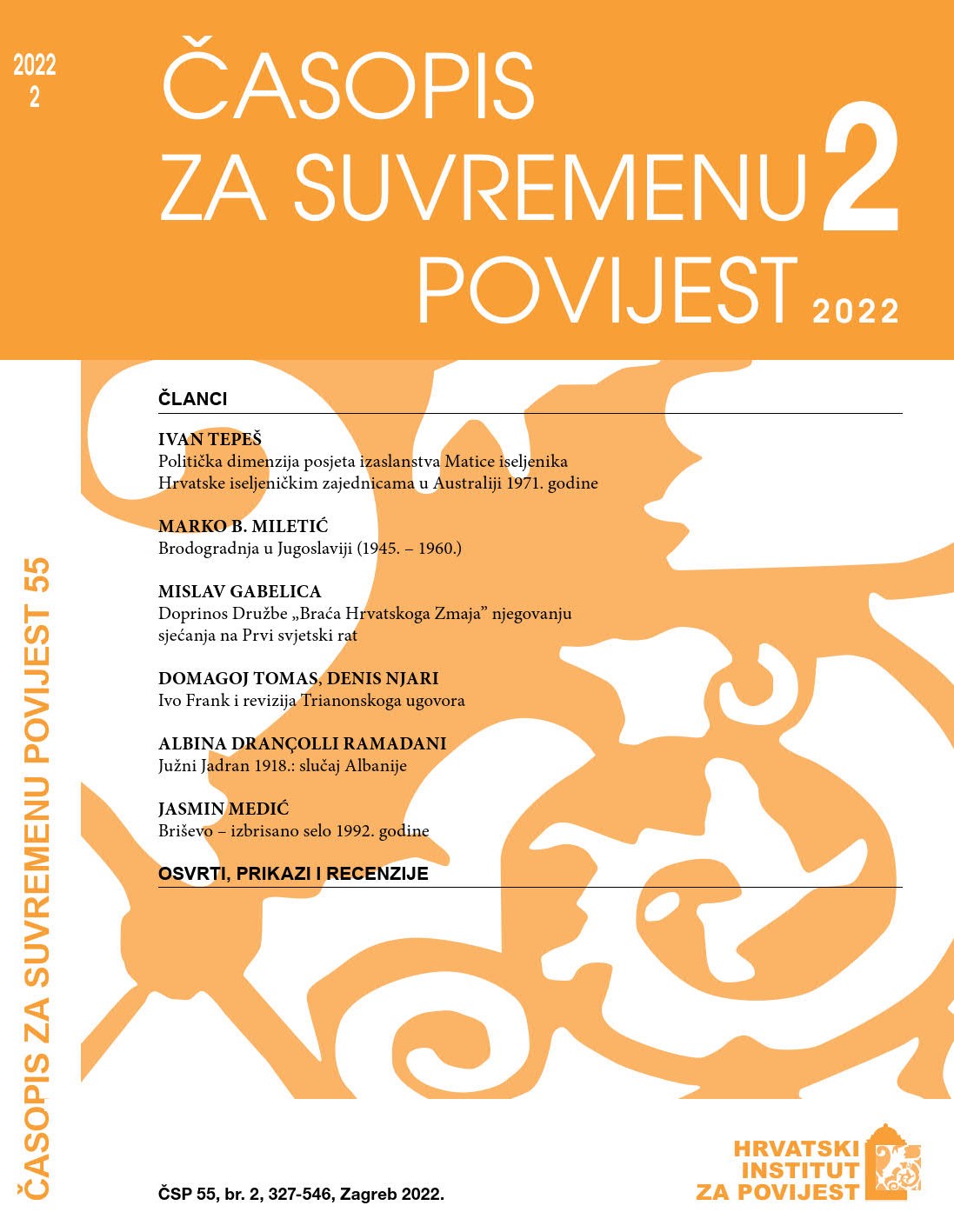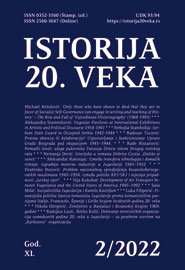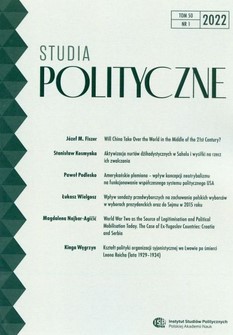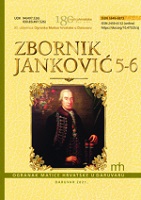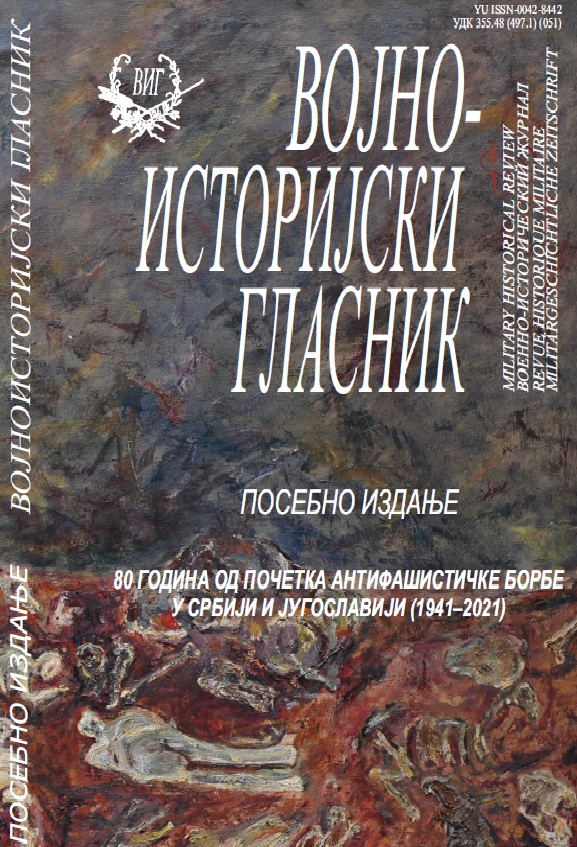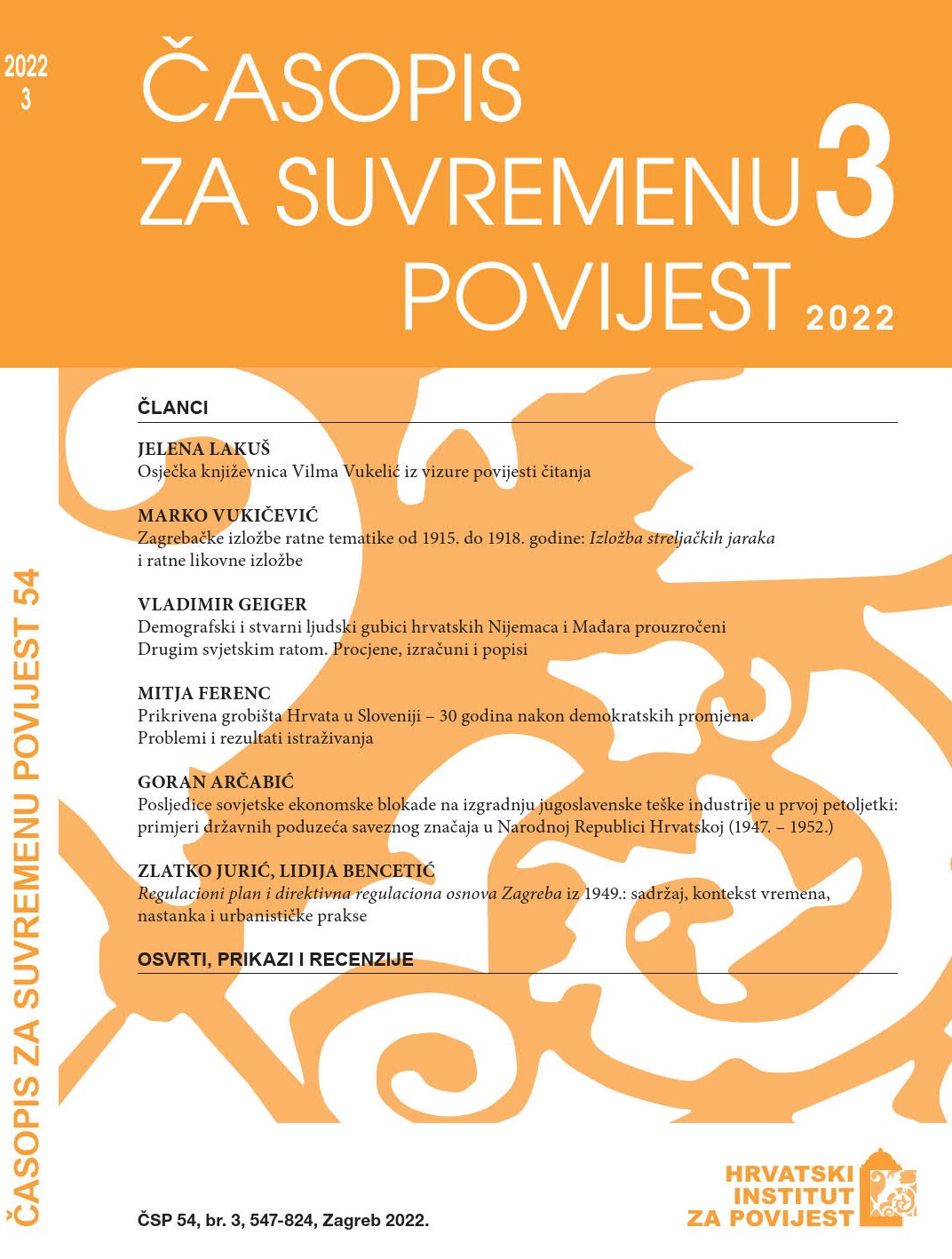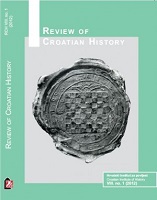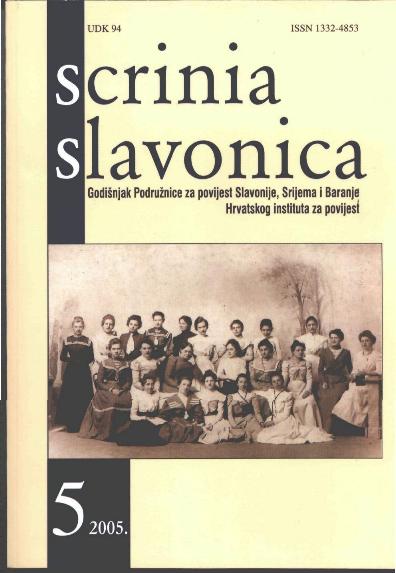
Democratic changes, political pluralism, and elections in the Brod-Posavlje County area from 1990 to 1993 (Part one)
Demokratske promjene, uvođenje višestranačja i izbori na području Brodsko-posavske županije od 1990. do 1993. (Prvi dio)
Keywords: Republic of Croatia; Brod-Posavina County; Slavonski Brod; Nova Gradiška; democratic changes; political pluralism; political parties; parliamentary and local elections
On the basis of published documents, newspaper articles, party-issued publications and other literature the authors of this paper address the issue of democratic changes, of the introduction of a multiparty political system, elections and the election results in the Brod-Posavina County between 1990 and 1993. Namely, prior to the constitution of counties as forms of local self-government in the Republic of Croatia towards the end of 1992, the territory of the then Socialist Republic of Croatia used to be divided in municipalities. This area comprised the municipalities of Slavonski Brod and Nova Gradiška, which, following the aforementioned reforms of the local administration and self-administration, merged into a single territorial administrative unit, the Brod-Posavina County. The paper consists of two parts and charters the political changes ending with elections for the House of Counties to the Parliament of the Republic of Croatia and the local elections of February 7th, 1993. The first part of the paper addresses the transformation of the political realm, the emergence of the first political parties and their functioning in the multiparty political system. This system used to be a completely unfamiliar concept in the whole of Socialist Federalist Republic of Jugoslavia and the Socialist Republic of Croatia from the end of the Second World War. The major portion of the paper is dedicated to the first multiparty elections held in two election rounds on April 22nd/23rd 1990 and May 6th/7th 1990, i.e. to political changes and election results in the municipalities of Nova Gradiška and Slavonski Brod. In the parliamentary and local elections the Croatian Democratic Union (HDZ) won a landslide victory and thus it alone formed the entire administration in both municipalities. Further, a part of the paper concerns the Referendum on Independence of May 19th, 1991 and the results thereof, which concludes this part of the paper. The attachment lists members of municipal councils in both municipalities as per their party membership, representatives of executive power and members of parliament who won their mandates in that area. The paper also provides insight into voting figures regarding the elections for representatives to the Parliament as well as the distribution of votes as per individual members who ran in the elections.
More...
